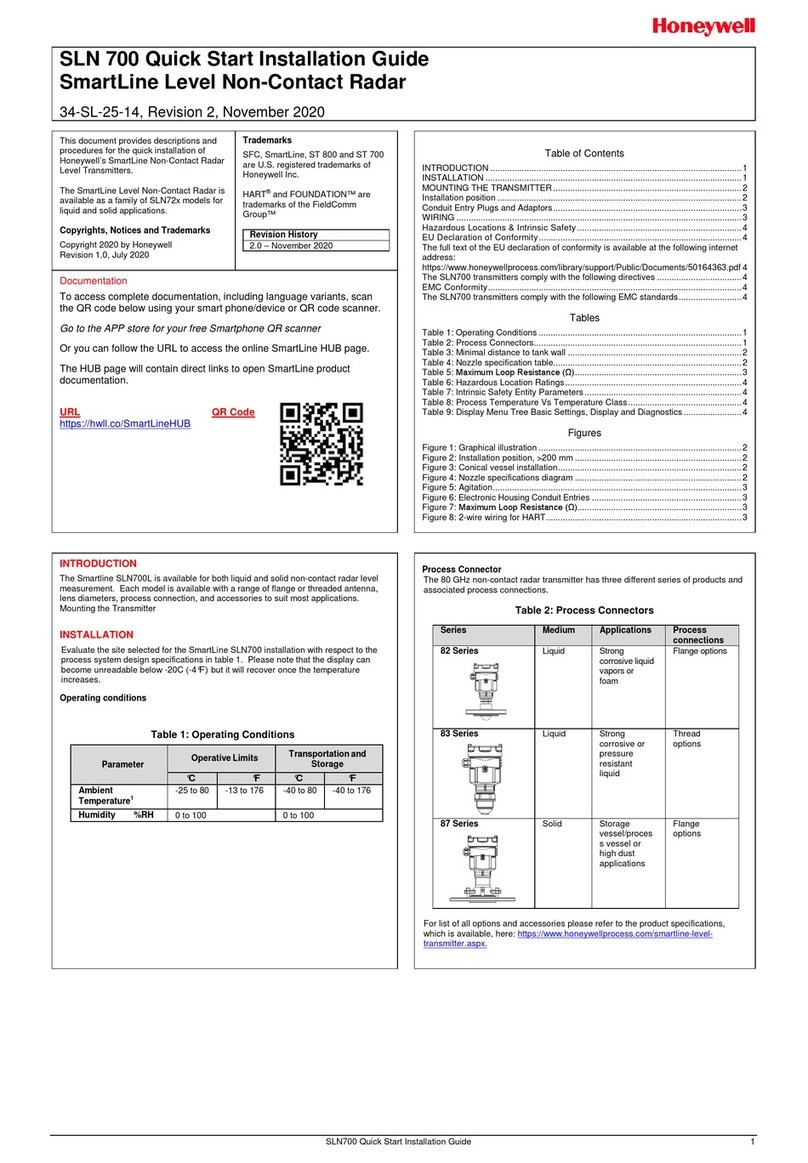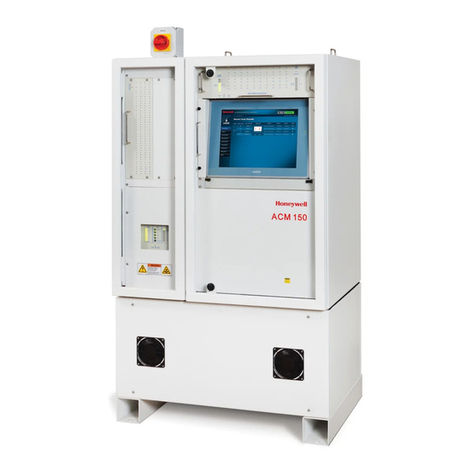Honeywell E-Mon Class 3200 User manual
Other Honeywell Measuring Instrument manuals
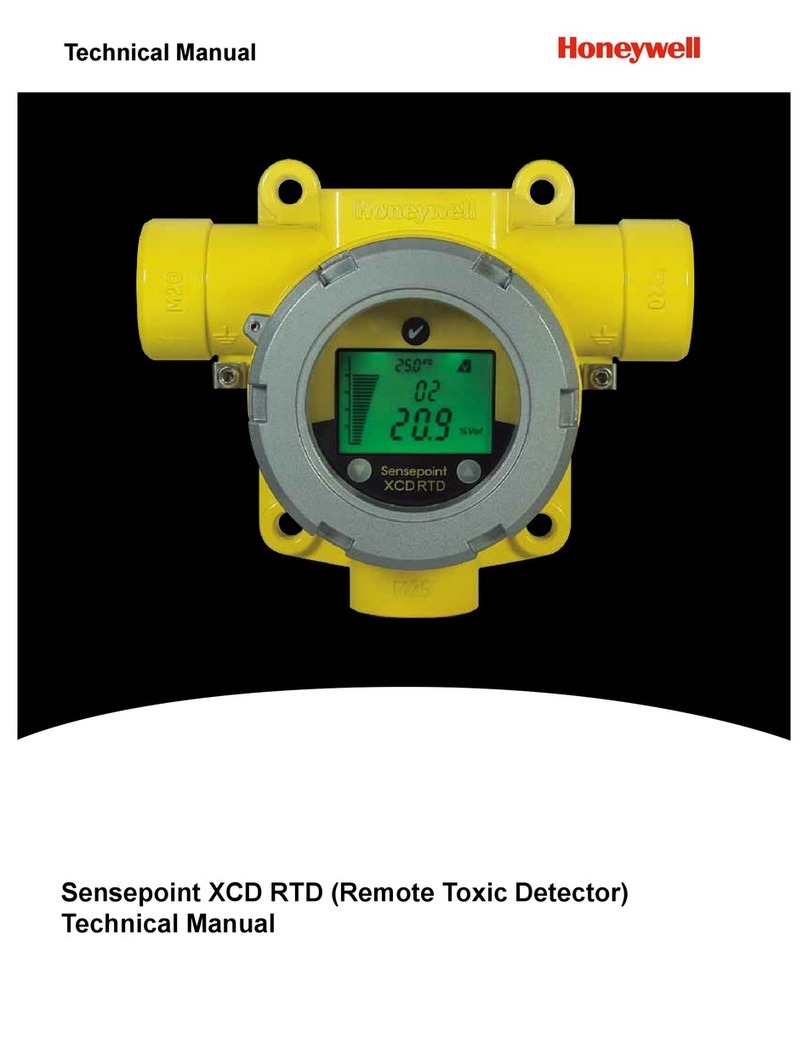
Honeywell
Honeywell Sensepoint XCD RTD User manual

Honeywell
Honeywell HERMetic UTImeter Gtex Chem IIC Operation manual
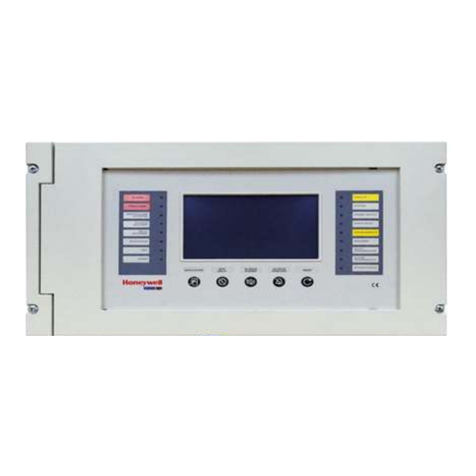
Honeywell
Honeywell MA-1000 User manual

Honeywell
Honeywell BENDIX/KING KRA 405 User manual

Honeywell
Honeywell 04973 Series Manual
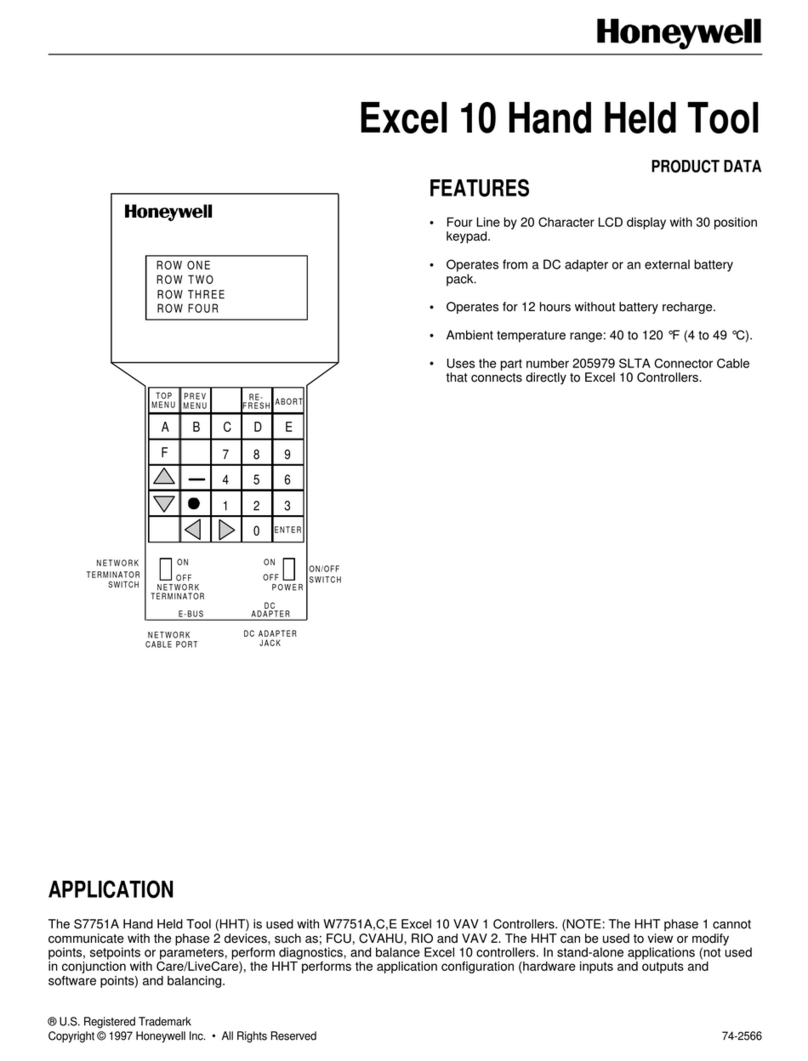
Honeywell
Honeywell S7751A Operation manual
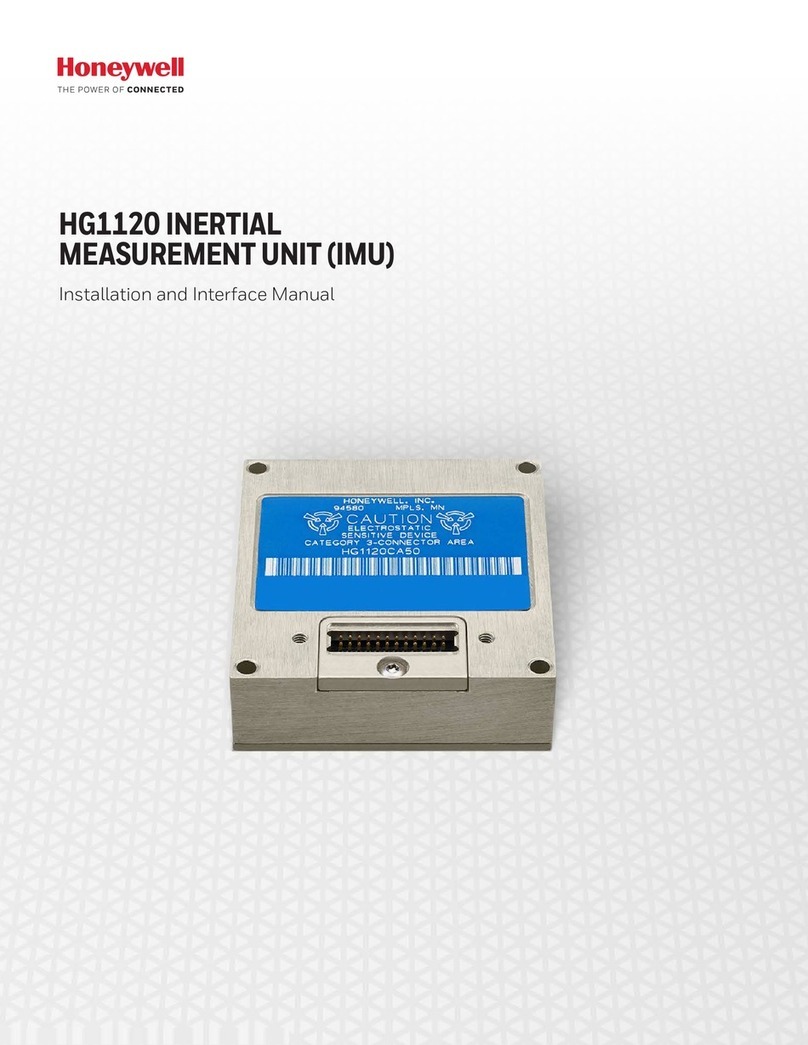
Honeywell
Honeywell HG1120 User manual

Honeywell
Honeywell 6108 How to use
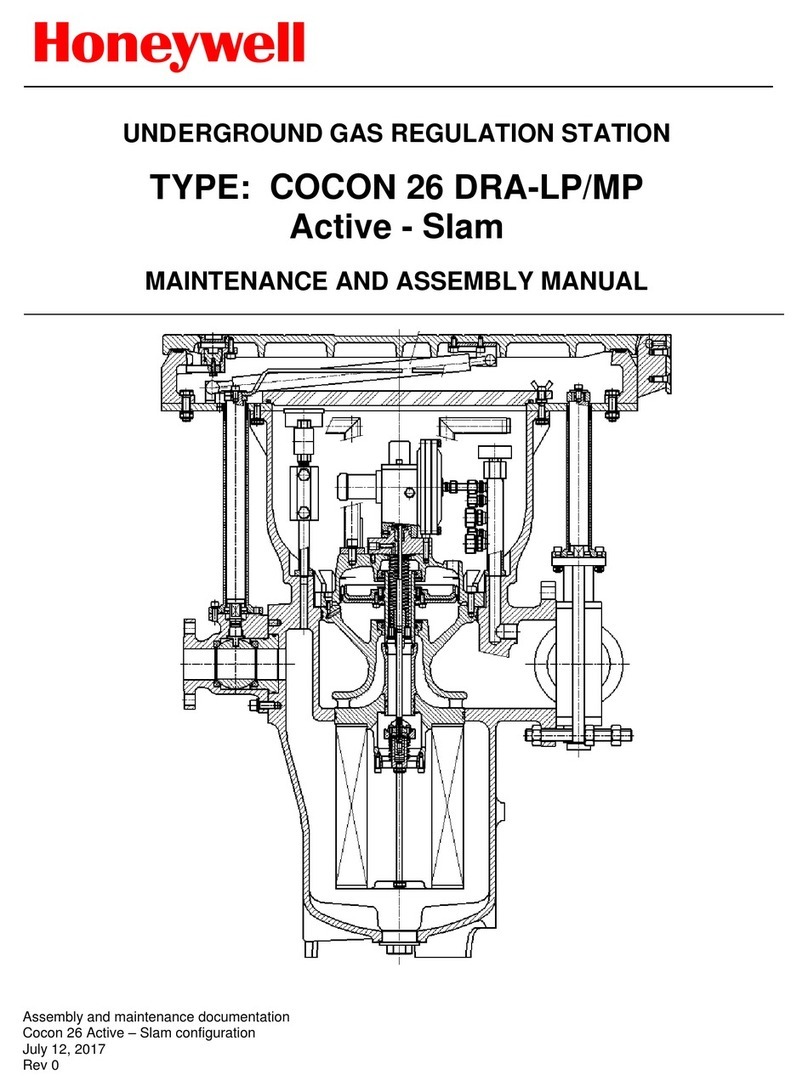
Honeywell
Honeywell COCON 26 DRA-LP/MP User manual
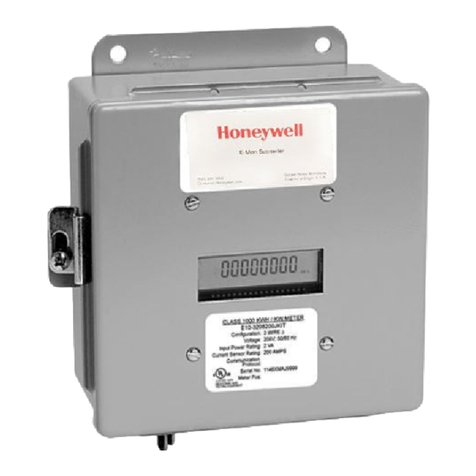
Honeywell
Honeywell E-Mon Class 1000 User manual

Honeywell
Honeywell FE260 User manual
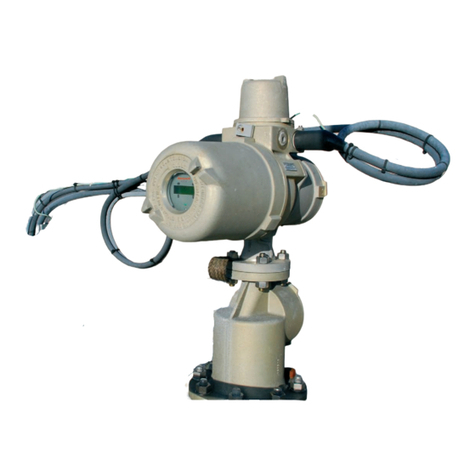
Honeywell
Honeywell 854 ATG Series User manual
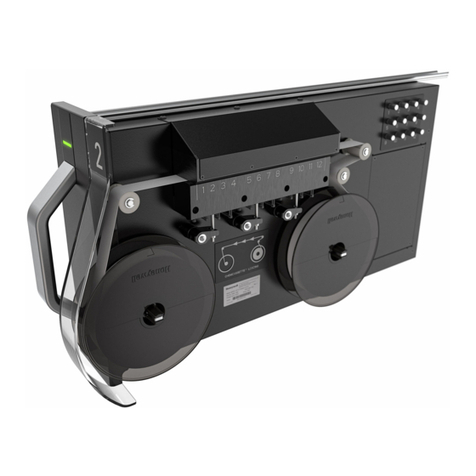
Honeywell
Honeywell VERTEX C User manual
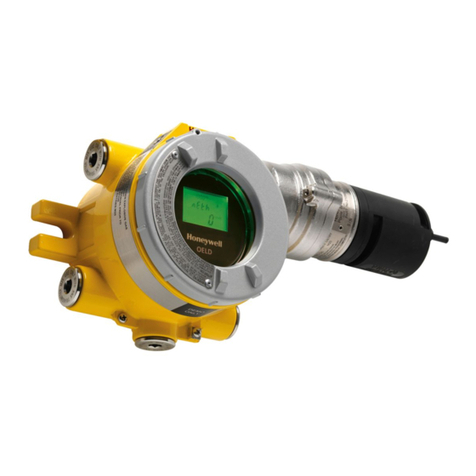
Honeywell
Honeywell OELD User manual
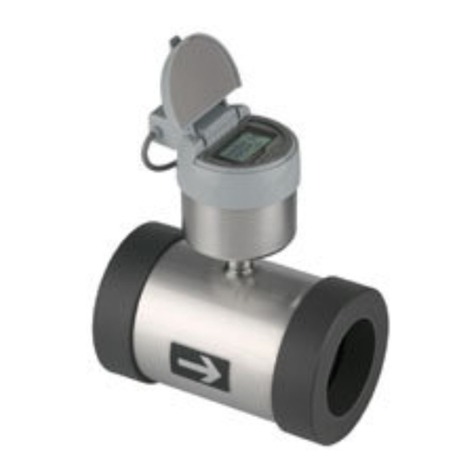
Honeywell
Honeywell Q4000 User manual
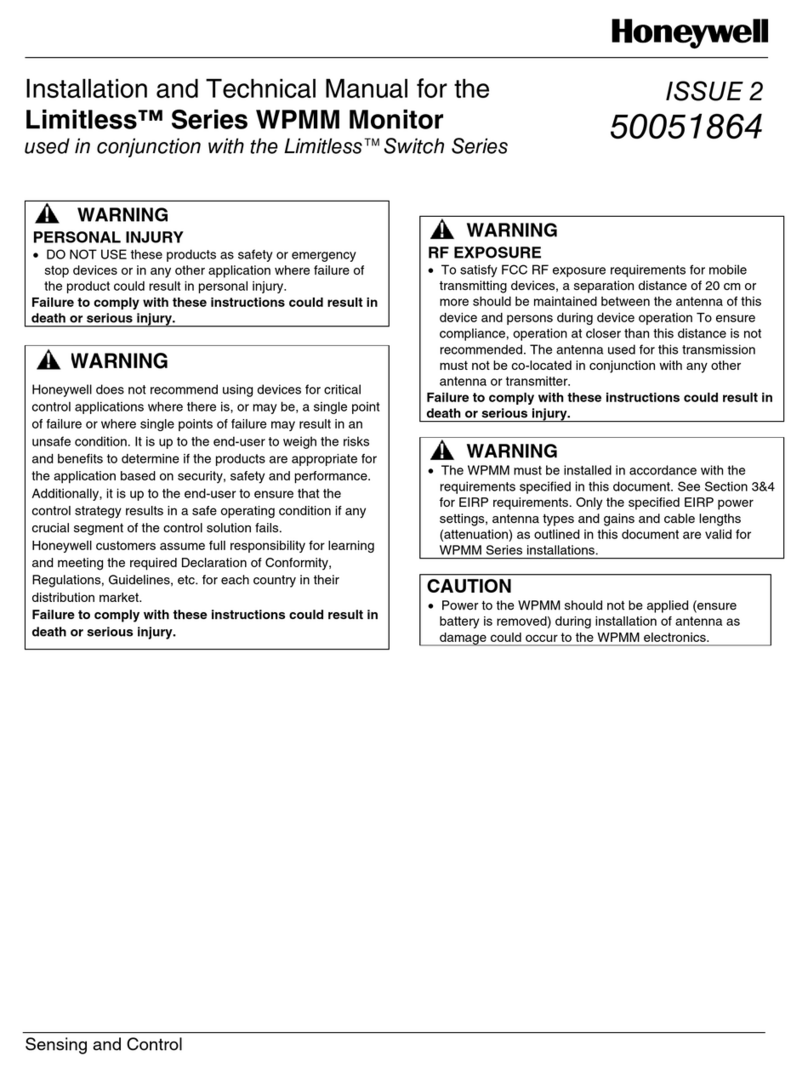
Honeywell
Honeywell Limitless WPMM Series User manual
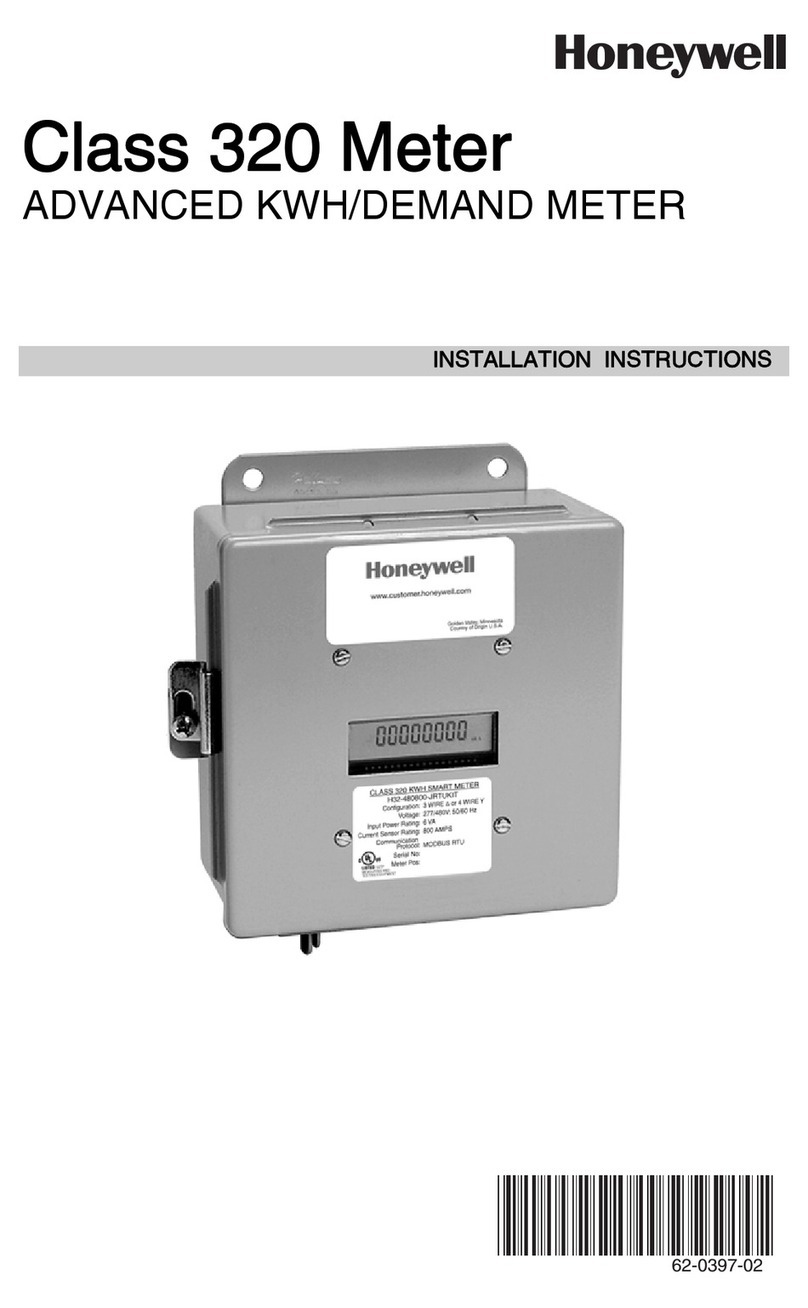
Honeywell
Honeywell Class 320 Meter User manual

Honeywell
Honeywell RM640 User manual
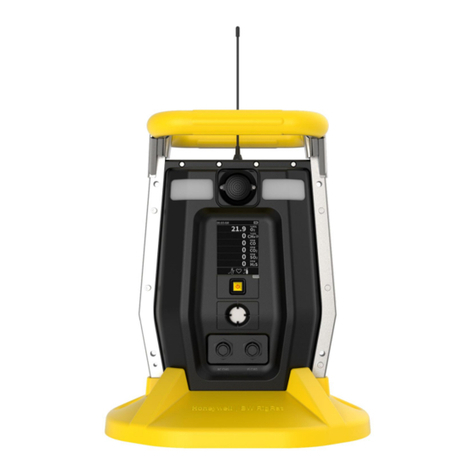
Honeywell
Honeywell BW RigRat User manual
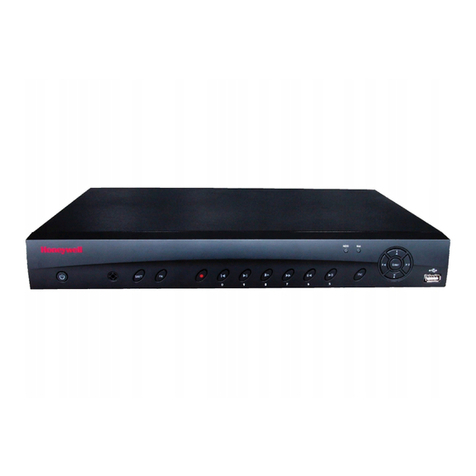
Honeywell
Honeywell HEN04112 User manual


